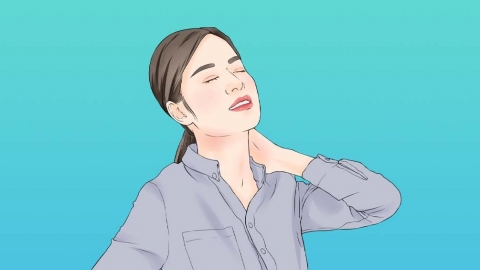What should patients with cervical degenerative changes pay attention to in daily life?
In general, patients with cervical degenerative changes need to take comprehensive protective measures in daily life to reduce cervical spine strain and slow disease progression. These measures mainly include maintaining proper posture, limiting the duration of head-down positions, choosing suitable pillows, performing moderate neck exercises, and avoiding cervical spine exposure to cold. Specific details are as follows:

1. Maintain correct posture: Whether standing, sitting, or walking, it is important to keep the cervical spine naturally relaxed, avoiding chest depression, slouching, or excessive forward protrusion of the head. When sitting, maintain an upright upper body so that the cervical spine aligns naturally with the spine, reducing unnecessary pressure on the neck.
2. Limit time spent with head down: Minimize prolonged periods of looking down at mobile phones or computers. Each session of using electronic devices or working while低头 should not exceed 30 minutes. Afterward, lift your head and move your neck promptly to prevent the cervical spine from remaining in a tense state for extended periods.
3. Choose appropriate pillows: Use pillows with suitable height and firmness during sleep. An ideal pillow height is between 8–12 cm, which helps maintain the natural physiological curve of the cervical spine when lying down. Avoid pillows that are too high or too low, as they may overstretch or excessively bend the neck, worsening cervical discomfort.
4. Perform moderate neck exercises: Under medical guidance, perform gentle neck exercises such as slowly turning the head left and right, nodding up and down, and softly rotating the neck in circular motions. Each exercise session should last about 10–15 minutes, performed 3–4 times per week, to strengthen neck muscles.
5. Prevent cervical spine from getting cold: Pay attention to keeping the neck warm in daily life. Avoid direct exposure to air conditioning or fans blowing on the neck. Wear scarves when going outdoors in winter to prevent neck chilling, which can impair local blood circulation and worsen symptoms such as neck pain and stiffness.
Patients should also avoid sudden twisting movements of the neck and use arm strength rather than neck force when lifting heavy objects, to reduce the risk of cervical injury. Additionally, maintaining regular作息 (daily routines) and avoiding excessive fatigue can help preserve cervical spine health and slow disease progression.




